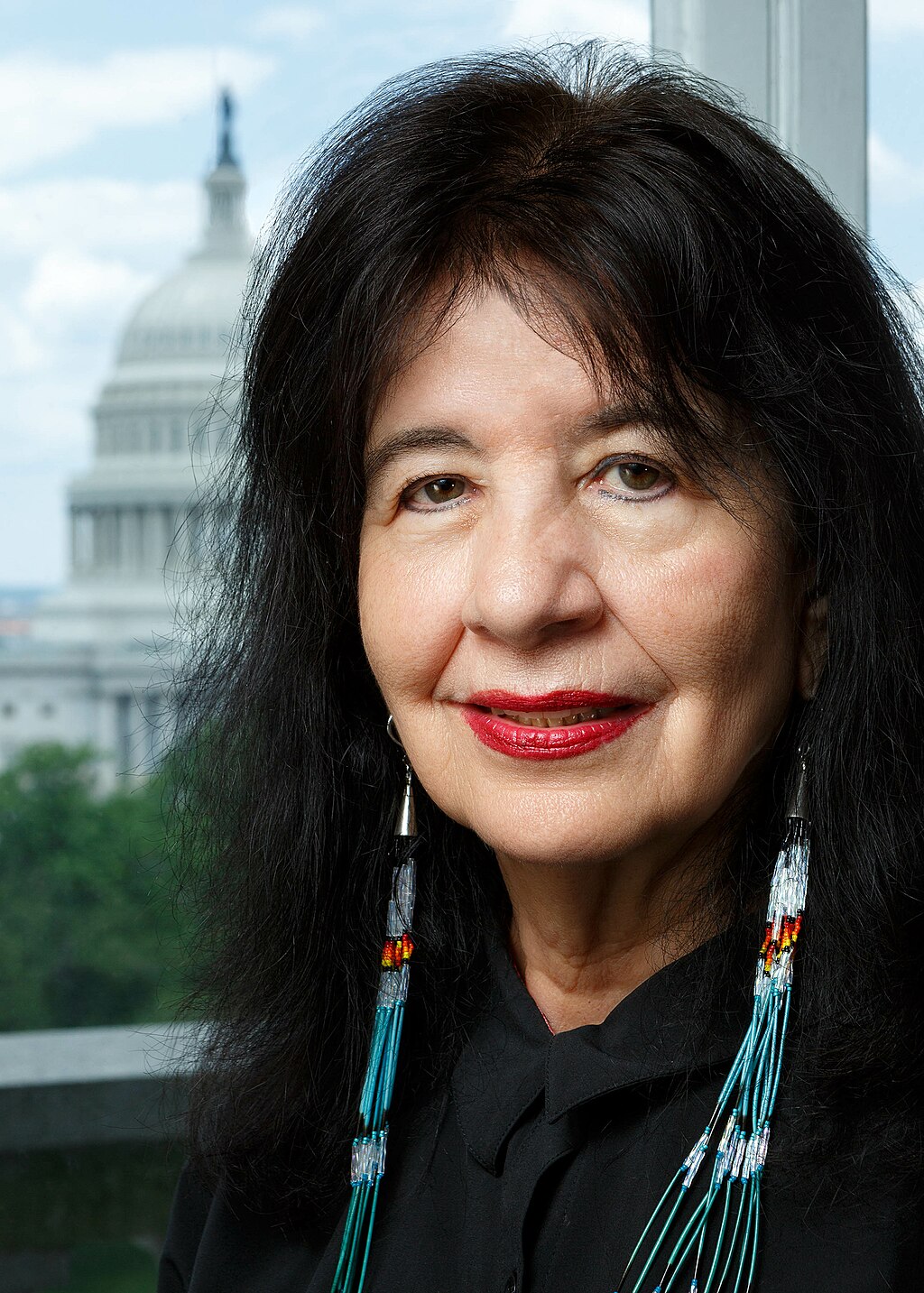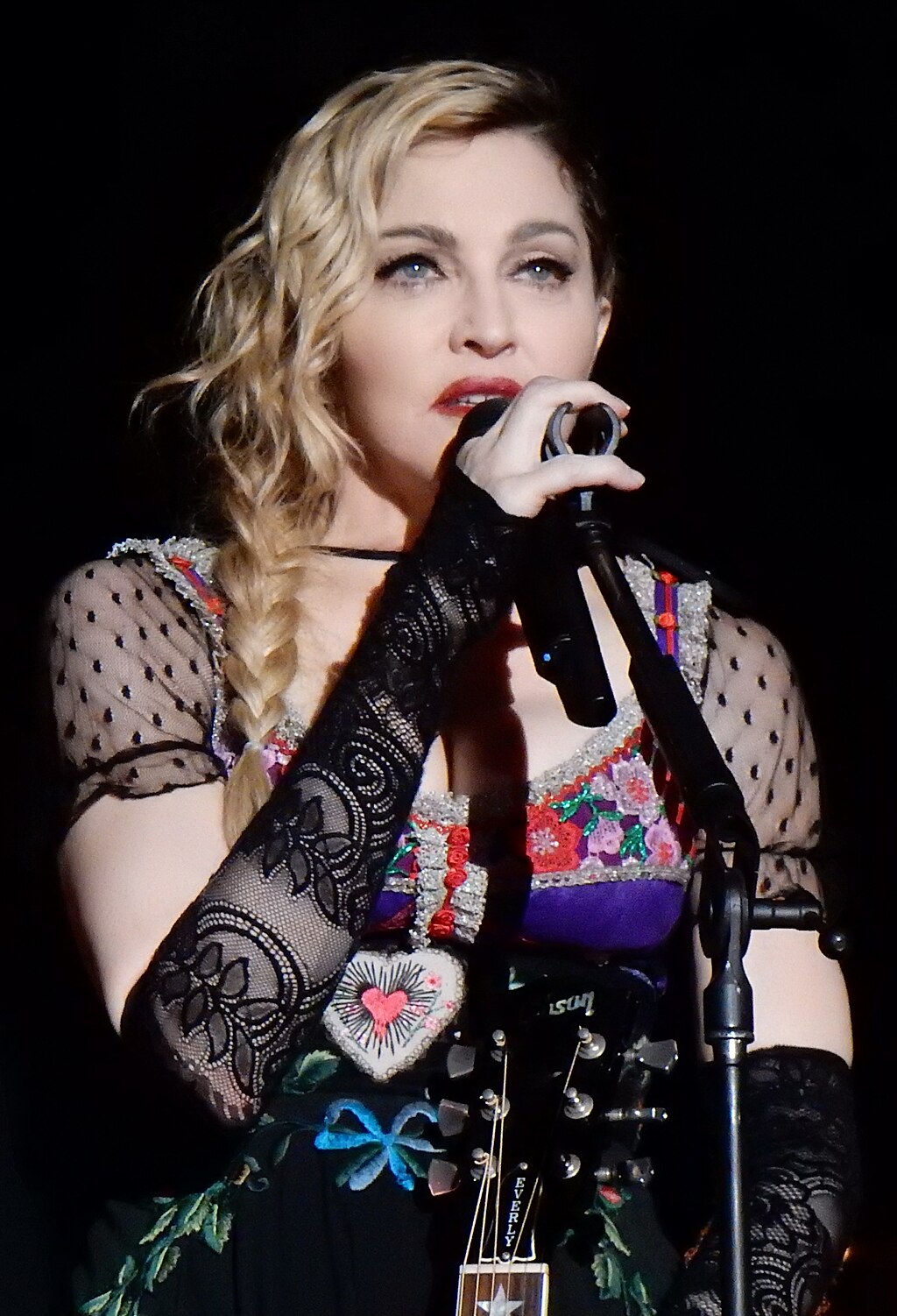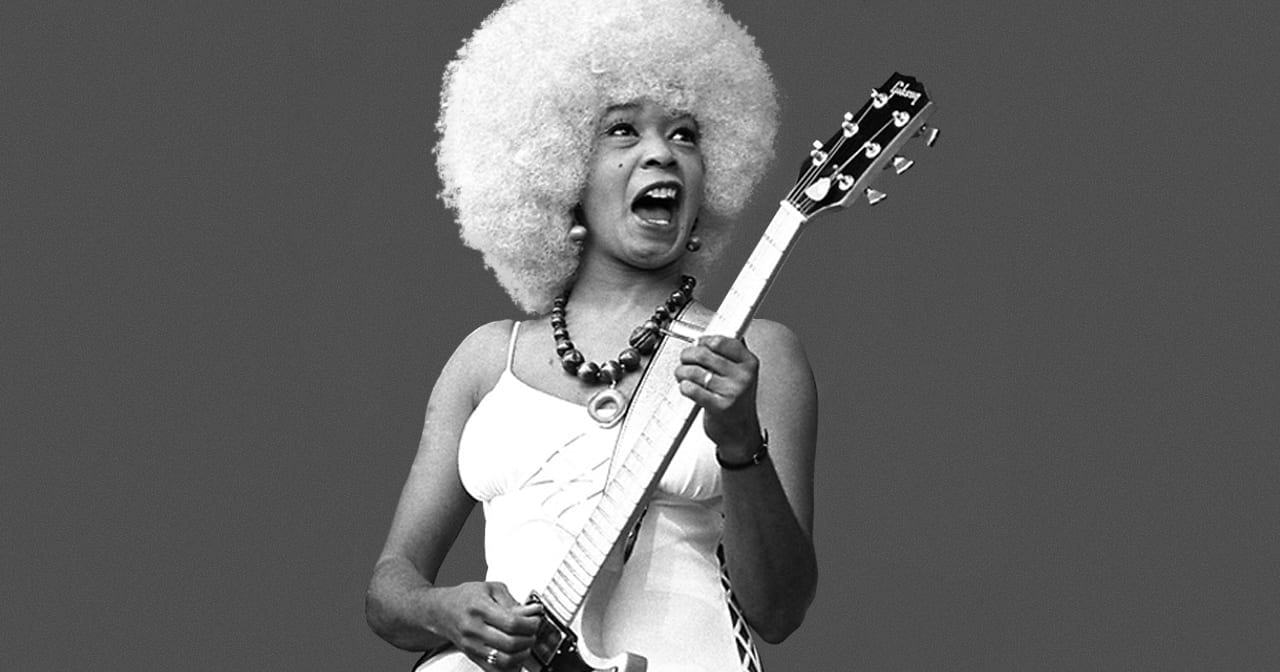Before Venus and Serena or even Chris Evert, there was Suzanne
Lenglen, a flamboyant, brandy-loving Parisian trendsetter named “La Divine” by the French press, who in her brief life transformed women’s tennis. Suzanne was born in Paris in 1899; as a child, she was frail and suffered from many health problems including chronic asthma. Her father decided it would benefit her health if she built her strength up by competing in tennis. Her first try at the game was in 1910, on the family’s tennis court on their property. The 11-year-old liked the game, and her father continued to train her, with training methods including an exercise where it is said he would lay a handkerchief in different parts of the court and have Suzanne hit the ball towards it. Only four years later, at age 14, Lenglen made it to the final of the 1914 French Championships; she lost to reigning champion Marguerite Broquedis, but later that spring won the World Hard Court Championships at Saint-Cloud on her 15th birthday, making her the youngest person in tennis history to this day to win a major championship.
At the end of 1914, most major tennis competitions in Europe were abruptly halted by the onset of World War I. Lenglen’s promising career was on hold for the next five years. The French championships were not held again until 1920, but Wimbledon resumed in 1919. Lenglen made her debut there, taking on seven-time champion Dorothea Douglass Chambers in the final. The historic match was played before 8,000 onlookers, including King George V and Queen-Consort Mary of Teck. Lenglen won the match; however, it was not only her playing that drew notice. The media squawked about her dress, which revealed her forearms and ended above the calf; at the time, others competed in body-covering ensembles. The staid British were also shocked by a French woman daring to casually sip brandy between sets.
Lenglen dominated women’s tennis singles at the 1920 Summer Olympics in Belgium. On her way to winning a gold medal, she lost only four games, three of them in the final against Dorothy Holman of England. She won another gold medal in the mixed doubles before being eliminated in a women’s doubles semifinal, and a bronze after their opponents withdrew. From 1919 to 1925, Lenglen won the Wimbledon singles championship in every year except 1924, when health problems due to jaundice forced her to withdraw after winning the quarterfinal. No other French woman won the Wimbledon ladies singles title again until Amélie Mauresmo in 2006. From 1920 to 1926, Lenglen won the French Championships singles title six times and the doubles title five times, as well as three World Hard Court Championships in 1921-1923. Astoundingly, she only lost seven matches in her entire career.
Lenglen sailed to New York City in 1921 to play the first of several exhibition matches against the Norwegian- born US champion, Molla Bjurstedt Mallory, to raise reconstruction funds for the parts of France that had been devastated by World War I. She was sick the entire storm- ridden voyage, which was delayed, arriving only one day before the tournament. When she arrived, Lenglen was told they had announced her as a participant in the US Championships. Due to immense public pressure, she agreed to play even though she was quite ill with what was later diagnosed as whooping cough; she was only given a day to recover as a concession. When another player defaulted, Lenglen ended up facing Mallory in the second round as her first opponent. She lost the first set, and just as the second set began, she began to cough and burst into tears, unable to go on. Spectators taunted her as she left the court, and the U.S. press was harsh. Under doctor’s orders, she cancelled her exhibition match and returned home in a despondent state. But at the Wimbledon singles final the following year, she defeated Mallory in only 26 minutes, winning 6–2, 6–0, in what was said to be the shortest ladies’ major tournament match on record. The two faced off again later in 1922 at a tournament in Nice where Lenglen completely dominated the court; Mallory failed to win even one game.
In a 1926 tournament at the Carlton Club in Cannes, Lenglen played her only game against Helen Wills. Public attention for their match in the tournament final was immense, with scalper ticket prices hitting stratospheric levels. Roofs and windows of nearby buildings were crowded with onlookers. The memorable match saw Lenglen scraping by with a 6–3, 8–6 victory after nearly losing it on several occasions. It is said that her father had forbidden her to play Wills, and since Lenglen had almost never defied him, she was so stressed out that she was unable to sleep the whole previous night. Later in 1926, Lenglen seemed to be on course for a seventh Wimbledon singles title; but she withdrew from the tournament after learning that due to a mixup about the starting time, she had kept Queen Mary waiting in the royal box for a preliminary match to begin, which was seen as an affront to the English monarchy by the aristocracy.
Suzanne Lenglen was the first major female tennis star ever to go pro. Sports promoter C.C. Pyle paid her $50,000 to tour the U.S. playing a series of matches against Mary K. Brown, who at 35 was considered past her best years
for tennis, though she had made it to the French final that year, only to lose to Lenglen, having only scored one point. This was the first time ever that a women’s match was the headliner event of the tour, even though male players were part of the tour as well. When it ended in early 1927, Lenglen had won every one of her 38 matches; but she was exhausted, and her doctor advised a lengthy respite from the sport. She decided to retire from competition and set up a tennis school with help and funding from her lover, Jean Tillier. The school gradually grew and gained recognition; Lenglen also wrote several tennis texts in those years. Many criticized her for leaving amateur tennis competition, but she fired back, “Under these absurd and antiquated amateur rulings, only a wealthy person can compete, and the fact of the matter is that only wealthy people do compete. Is that fair? Does it advance the sport? Does it make tennis more popular – or does it tend to suppress and hinder an enormous amount of tennis talent lying dormant in the bodies of young men and women whose names are not in the social register?”
In 1938, Lenglen was suddenly diagnosed with leukemia and died only a few weeks later at age 39 near Paris. But her talent, verve, and style had changed women’s tennis forever; before the arc of her brilliant career, very few tennis fans were interested in women’s matches. The trophy for the Women’s Singles competition at the French Open is now the “Coupe Suzanne-Lenglen.” She was also inducted into the International Tennis Hall of Fame in 1978, and many hold her to be one of the best tennis players ever.
“I just throw dignity against the wall and think only of the game.”
– Susanne Lenglen
This excerpt is from The Book of Awesome Women by Becca Anderson, which is available now through Amazon and Mango Media.









